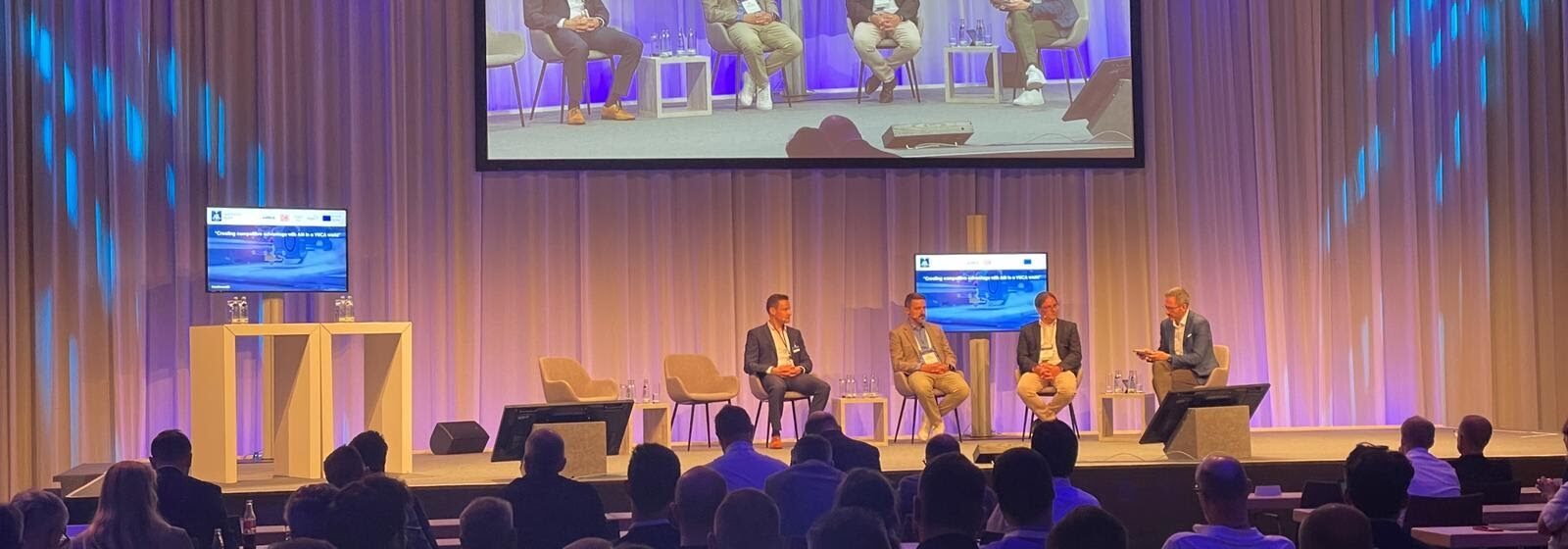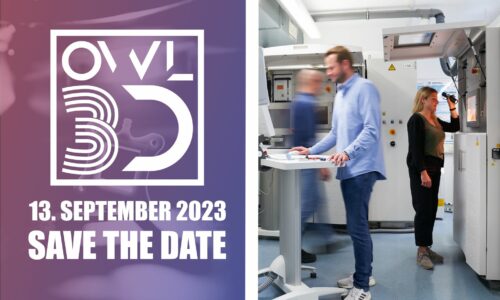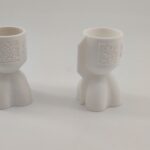
Digital Inventory: AM Forum Follow-Up
- Matthias Habdank
- July 16, 2023
- Opinion
- additive manufacturing, advanced manufacturing, digital inventory, digital warehouse, on-demand production, spare parts, supply chain, traceability, workflow automation
- 0 Comments

Having recently participated in the Additive Manufacturing Forum Berlin – one of the key events in the Additive Manufacturing event calendar – we’re centring this week’s blog around the theme of “digital inventory”, a hot topic in many of the presentations. over the two days. The theme which stood out the most to us: the emerging role of digital inventory for bringing Additive Manufacturing (AM) into OEM supply chain strategies. Two points to note:
- AM is creating a new “Pro-sumer” customer, which is placing different demands on supply chains and their stakeholders.
- Challenges still persist in new digital supply chain models – what are they and how can they be solved?
Rise of the “Pro-sumer”
Well-known advantages of AM include the ability to produce more customised products and smaller batch sizes, whilst remaining economically viable. Subsequently, the rise in “pro-sumer” customers – those who are able to directly access OEM parts as and when they it – is a characteristic of this new AM centred digital supply chain. Matthias Schmid discussed one such AM workflow at Daimler Buses; parts are designed and uploaded to a digital warehouse by the OEM. Customers then download a license to a part that they require and print it on-demand – no physical inventory or intermediary suppliers needed.
For the automotive sector, this shift in this supply chain structure means stakeholders such as resellers and dealers become less integral to the production network – inventory is now held in a digital warehouse, requiring no physical-part warehousing space. While these shortened supply chains provide OEMs and customers with cost and efficiency savings, there are still many challenges to overcome to fully realise the connected AM Manufacturing network.
Read more about on-demand part streaming, digital inventory and part traceability in our PARTBOX case study
Challenges for the Digital AM Supply Chain
Interesting to us were the challenges raised about “point of sale production”; quality standards, reverse engineering and brand protection were high up on the list of challenges faced by Daimler Trucks for their digital inventory management. So how can other AM networks address these challenges?
Traceability for the Wider AM Ecosystem
Firstly, regarding quality standards, we recognise that AM processes, materials and workflows are very different to traditional manufacturing methods. For companies that do not have the benefit of being a well-known Additive Manufacturing OEM, certification of your production process could be a good first step; for example, our iAM-Approved webshop, operating in collaboration with TÜV NORD, allows you to send in specimens from your build job to be tested and analysed in an accredited laboratory. While this will not solve every quality standard challenge you face, being able to give your customers confidence about your AM production process is a good place to start.
Reverse engineering or counterfeiting of parts are also big challenges: while this remains a sticking point for the AM industry, there are solutions already available – particularly in our own Additive Marking software! For example, authenticating features concealed within the part (or its marking) can be used to indicate whether a component comes from an authorised source. The authentic part and its digital twin both have a unique feature in the same location, allowing for the quick identification of counterfeited components. Similarly, for brand protection, watermarks can be added to the part to provide an additional level of security; only visible via a CT scan, a trademark, brand logo or other marking can be inserted between subsurface layers of a component, confirming the origin of the part without affecting its surface appearance. More information on both of these topics here.
Watch this space for more opinion pieces and exciting announcements in the coming weeks!



